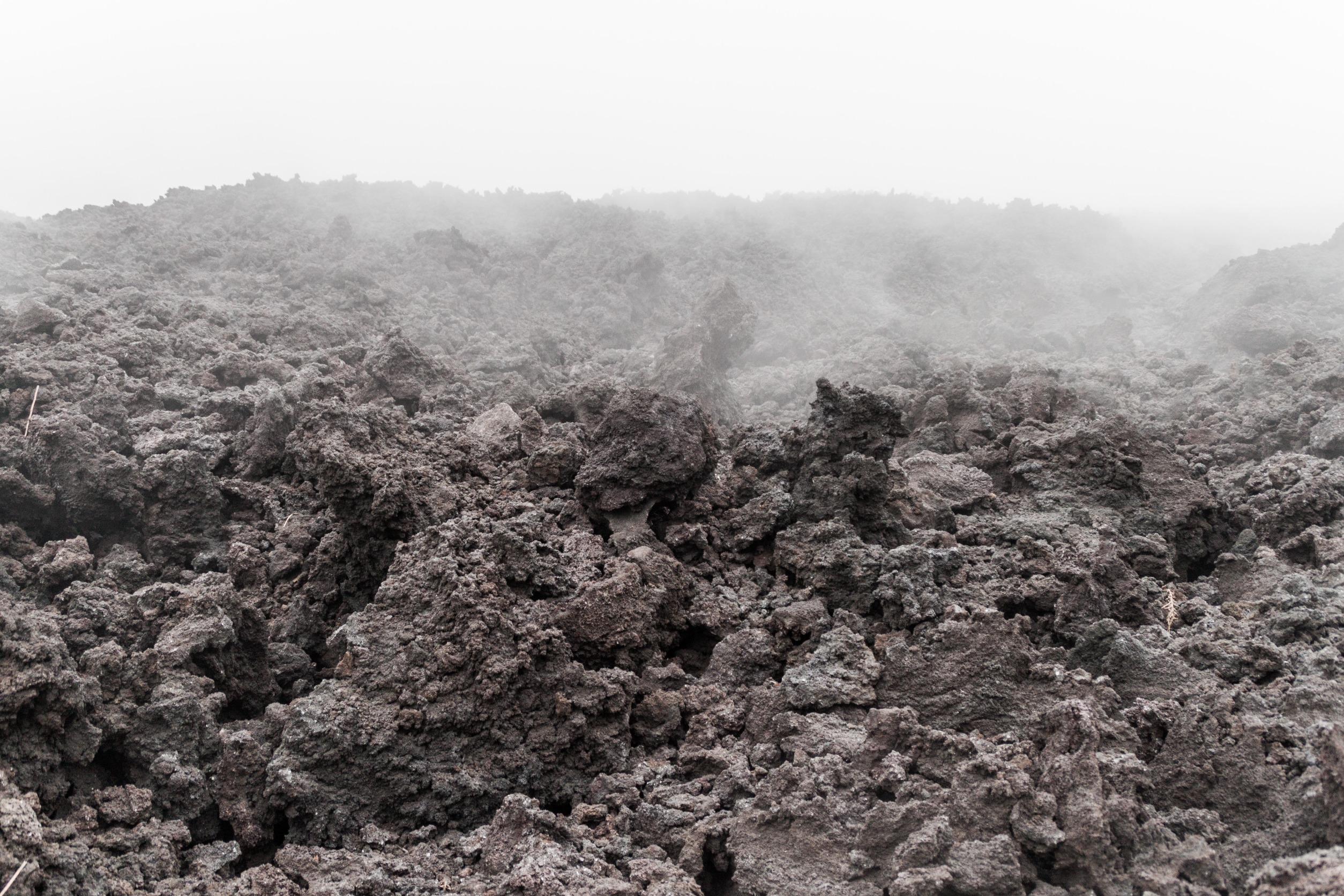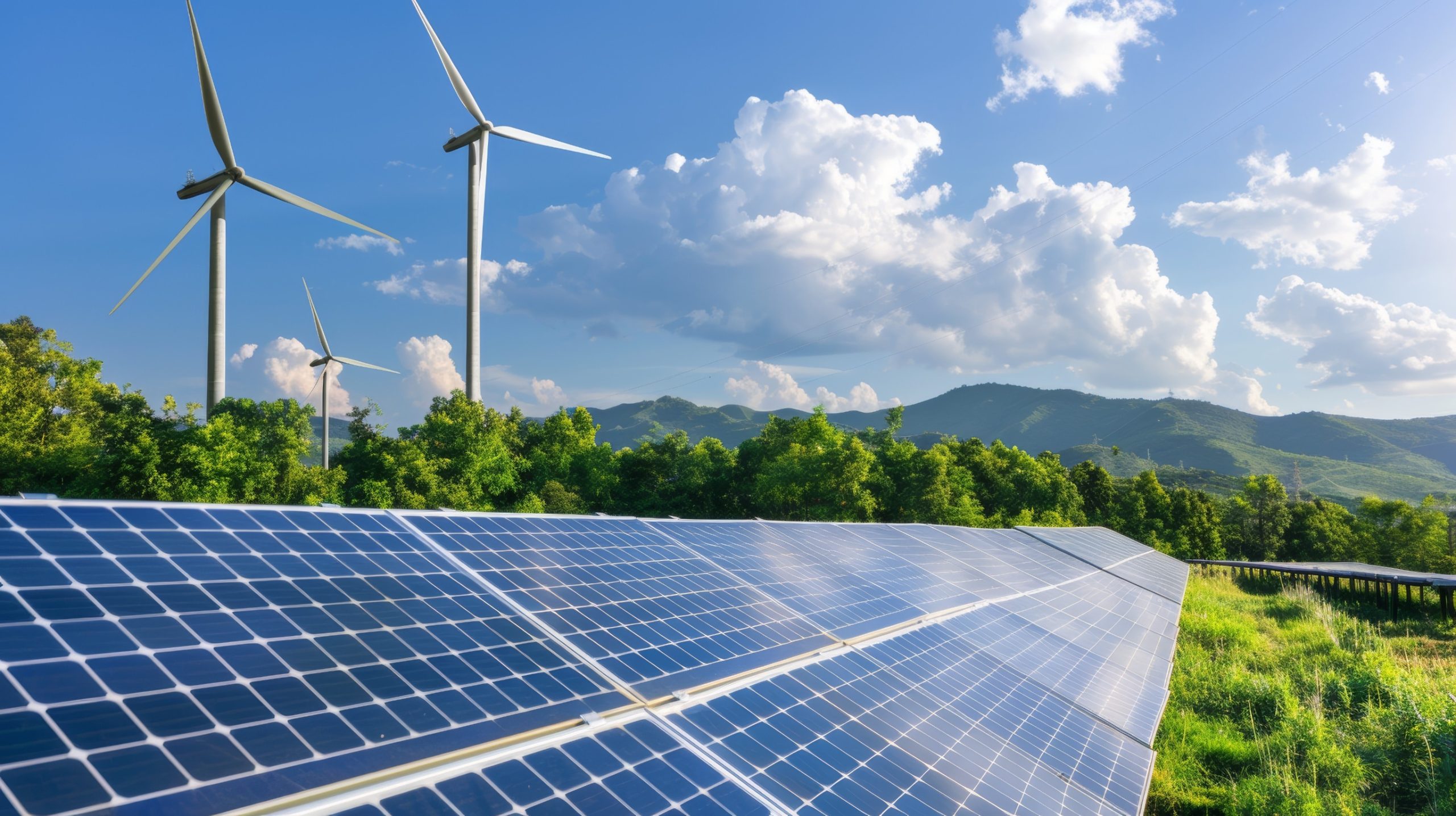When most of us think about environmental issues, we are inclined to picture in our heads images of melting ice caps, deforestation, wildfires, and animals close to extinction. But how often do we think about how all of these issues affect the human communities in our own backyard? When climate change doesn’t seem to affect you directly, it can be easily overlooked. This is where environmental justice comes in.
While we know that environmental justice is an important part of the struggle to achieve a healthier and more resilient future for our planet, what does it actually entail?
The EPA defines it as “the fair treatment and meaningful involvement of all people regardless of race, color, national origin, or income, with respect to the development, implementation, and enforcement of environmental laws, regulations, and policies.”
It further states that this goal will become reality “when everyone enjoys the same degree of protection from environmental and health hazards and equal access to the decision-making process to have a healthy environment in which to live, learn, and work.”
But as you probably know by now, concerns linked to hazardous waste sites, failing infrastructure, and money-saving policy changes in vulnerable communities continue to plague the environment and the humans who live there.
Luckily, however, there are some organizations that are incessantly fighting to overcome these environmental injustices, and there are ways you can get involved and support them.
One of the best ways to help is by backing socially-equal conservation policies and the organizations or politicians supporting them. WE ACT, for example, is an organization that helps low-income communities of color fight harmful environmental policies while participating in the creation of fair environmental policies.
Green For All works to uplift the voices of low-income communities and people of color in the climate justice movement and fights to build a green economy that lifts people out of poverty.
Also, take the time to help indigenous communities which are also disproportionately exposed to environmental contaminants. You can do this by supporting organizations like Cultural Survival, which works to advance the rights and cultures of Indigenous people, and the Indigenous Environmental Network, an alliance of Indigenous peoples who fight to address environmental and economic justice issues, help educate and empower Indigenous people while raising awareness for their environmental protection.
In one of last month’s Optimist Views, we discussed how anti-racism and environmentalism go hand in hand. If you want to become a more inclusive environmentalist, consider supporting one of these great organizations!












